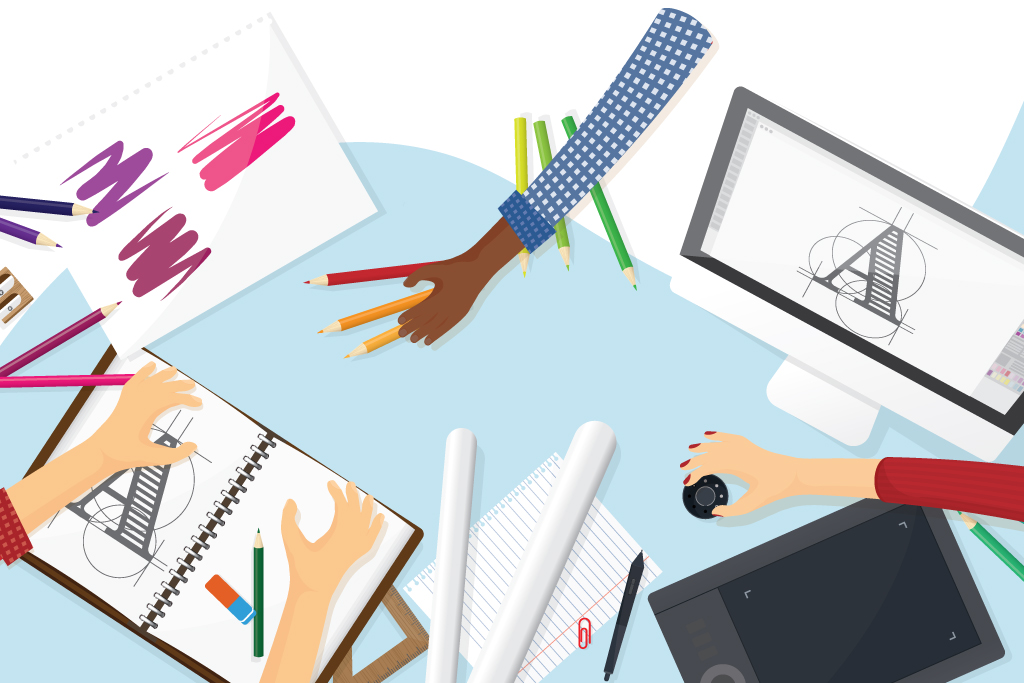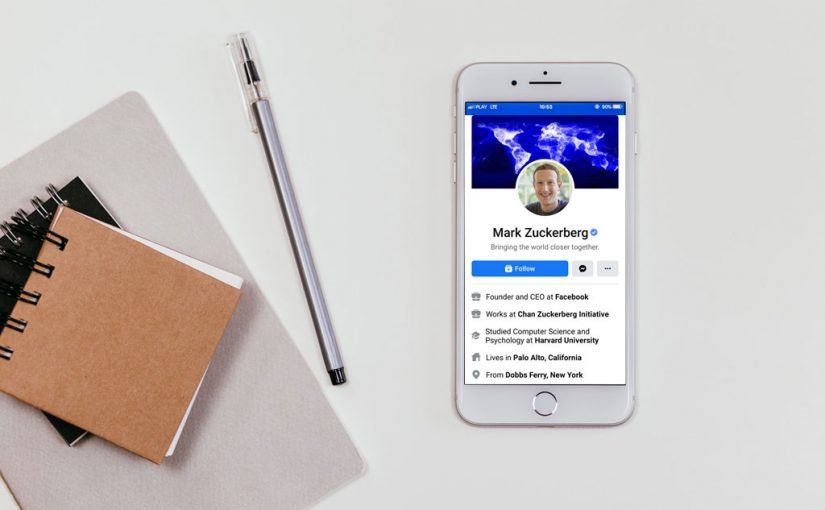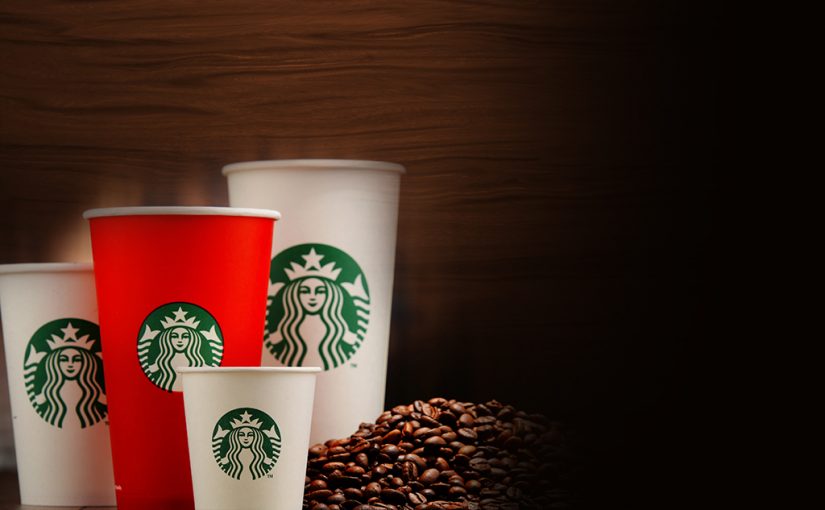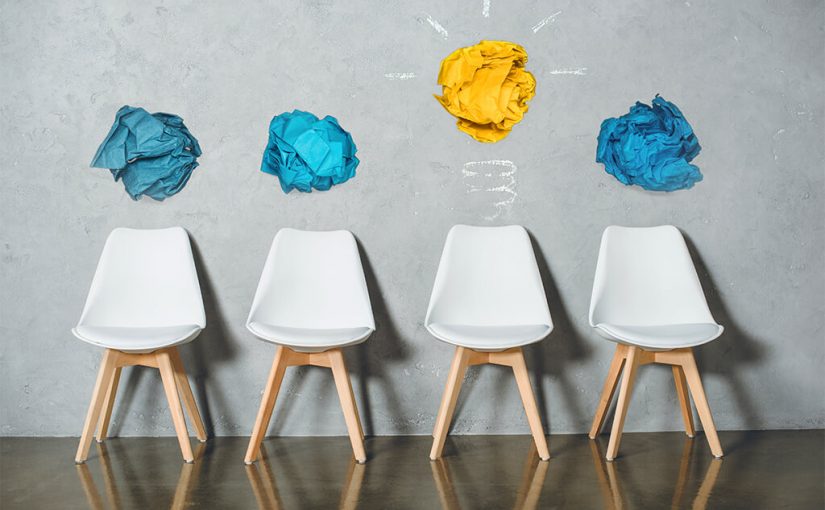- Your logo design is integral to differentiating your businesses from competitors and defining your brand.
- When thinking of ideas for your logo, use your brand’s identity (such as beliefs, mission, and values) to inform your design.
- Seeking out professional designers can help you design the logo that truly represents your brand while helping you stand out.
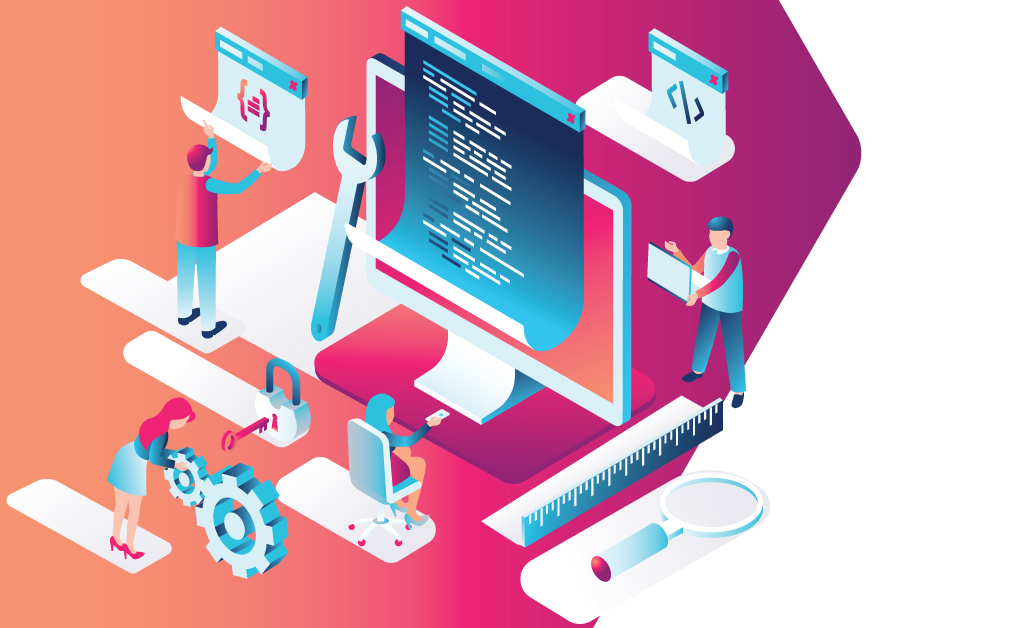
Think of the top brands in the world. Is there a single one that you can remember that doesn’t have a logo? Exactly. Logos are one of the most important aspects of a brand. They are so important that many logos don’t contain a single word. With one look, millions of people can identify a Nike shoe by that infamous swoop.
Your logo plays a part in how people see (or don’t see) your brand. Like other aspects of branding, having a logo helps inspire trust and promote recognition of your business. So, how can your business create a recognizable logo to define your brand? Read on to learn how to design the perfect logo for your business. 4 Tips Towards Creating Your Logo Focus On Your Brand, Audience, and Competition Your logo should reflect the values of your brand. Ask yourself the following:
- What are your values?
- How would my audience describe my brand?
- What are a list of adjectives that describe my business?
The knowledge of what your brand represents informs the colors and typography of your logo. Is your brand more authoritative and serious in tone with a mature audience? Neutral tones may best convey your brand whereas bold colors and nontraditional typography may work well with brands that emphasize fun and creativity (such as the bubble letters of the Lego toy brand). To gauge the feeling of your audience towards your proposed designs, consider sending out surveys with the different designs. Use their input to help narrow down the choices.
Lastly, aim for uniqueness. Your logo should be unique enough to readily differentiate your business from competitors at a glance.
Take a look at what your competitors are doing to get ideas about what direction you should go in. Are your competitors still using more traditional or formal logo designs? Think about going for a modern design to set your brand apart.
Simplicity Is Best
When designing your logo, it is not time to try to deviate from good graphic design sense. This means that you should avoid adding flashy elements or too many details.
Instead, keep design ideas simple with a few (or even just one!) colors that best represent your brand.
Examples of a well-known company that artly uses simplicity and minimalism in their brand is IBM. With simple, striking blue and white stripes, the logo stands out and is instantly recognizable.
While simplicity is best, don’t forget to strike a balance between creativity, branding, and abstraction. Your logo should show more than it tells.
Take Twitter for example! Their logo is simply a blue bird. However, the sound of the bird (or “tweet”) perfectly describes the main draw of the social media platform.
Think About Where Your Logo Will Show Up

Your logo should be recognizable and easily visible on all of your branded material. A logo that looks great on your website but poor on a poster, business card or water bottle isn’t going to gain the traction you are looking for.
Logos should be versatile enough to show up in different media and even in black and white.
Hire A Designer

With their knowledge of graphic design, typography, and color psychology, a designer can work with you from the planning phase to the final design to create the perfect logo for your brand.
At Flocksy, we have a dynamic team of creatives that has the skill to make your logo come to life. Put one of the most critical elements of your brand into the hands of one of our designers!



